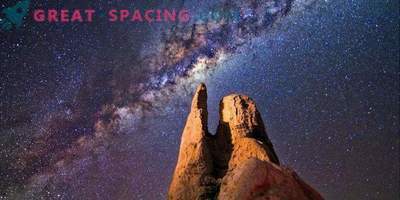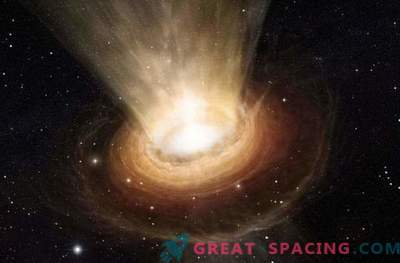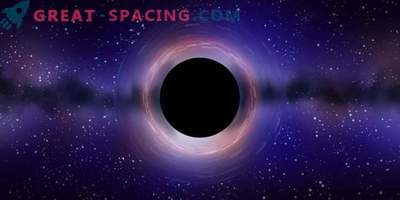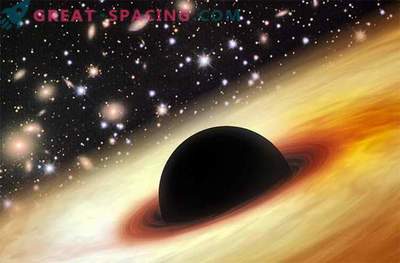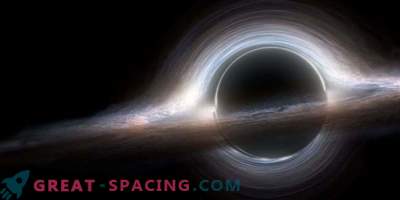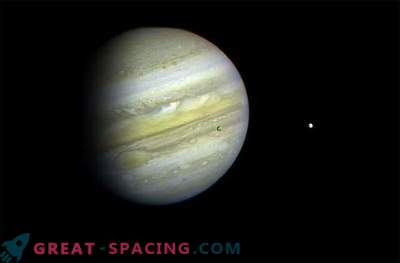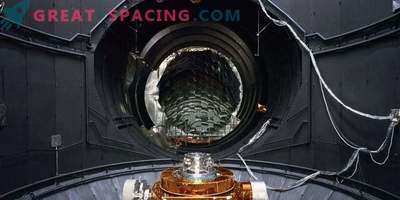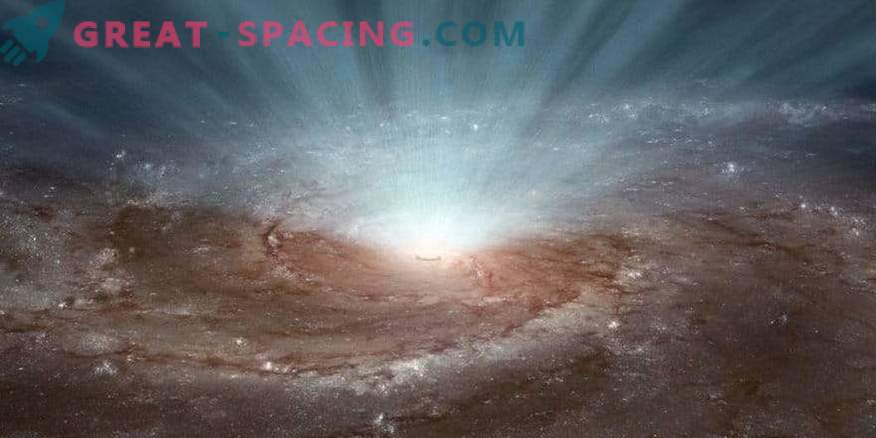
Supermassive black holes explode winds in a spherical shape, as is noticeable in a particular artistic vision.
Scientists claim that they are very close to the moment where the black holes began. Such objects have never been detected directly, but it is known that the formation process was very unusual. We are talking about the explosive collapse of a large and dying star in its own gravity well. The bottom line is that the matter in these black holes was not suppressed into the singularity by the last sighs of the old star.
Indeed, if you go back in time, when the space was only 1 billion years old, the ancient stars simply did not exist. Instead, you could observe giant clouds of matter filling the space from which the early galaxies emerged. Researchers believe that a certain amount of matter nevertheless came closer together and collapsed into its own gravity well, as the old stars did later. Such collapses created supermassive black holes that were never stars before. Astronomers call such phenomena “direct collapse black holes” (DCBH). The only problem is that nobody has ever seen such objects before.
However, things can change. The new study suggested that the future NASB space telescope by NASA should be sensitive enough to find a black hole galaxy from an ancient period of universal history. Moreover, scientists are proposing a series of signatures that might hint at identifying a galaxy with DCBH. To predict DCBH, researchers used a computer model and imitated ancient black holes in the early Universe. It turned out that during the formation of DCBH around it there are many large stars with a short lifespan and free from metals. Therefore, the light from the host galaxy will maintain the signatures of low metal stars.
Also, scientists have found that the resulting DCBH emit special high frequency electromagnetic radiation, which James Webb will be able to recognize. The telescope will be able to study the early Universe, because it can look very far at the ancient light, traveling for a long period of time. It is extremely weak, so the scientific world needs an incredibly sensitive instrument.
Researchers believe that after the launch of James Webb, DCBH can be detected as soon as possible. The fact is that we already know the location of the set of black holes from the ancient Universe, which may be DCBH. There are a number of questions that the telescope will be able to find the answers to. For example, is DCBH formed first, and then a galaxy around, or vice versa? This is one of the last great universal mysteries and scientists are going to get to the bottom of the truth.



